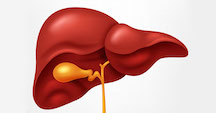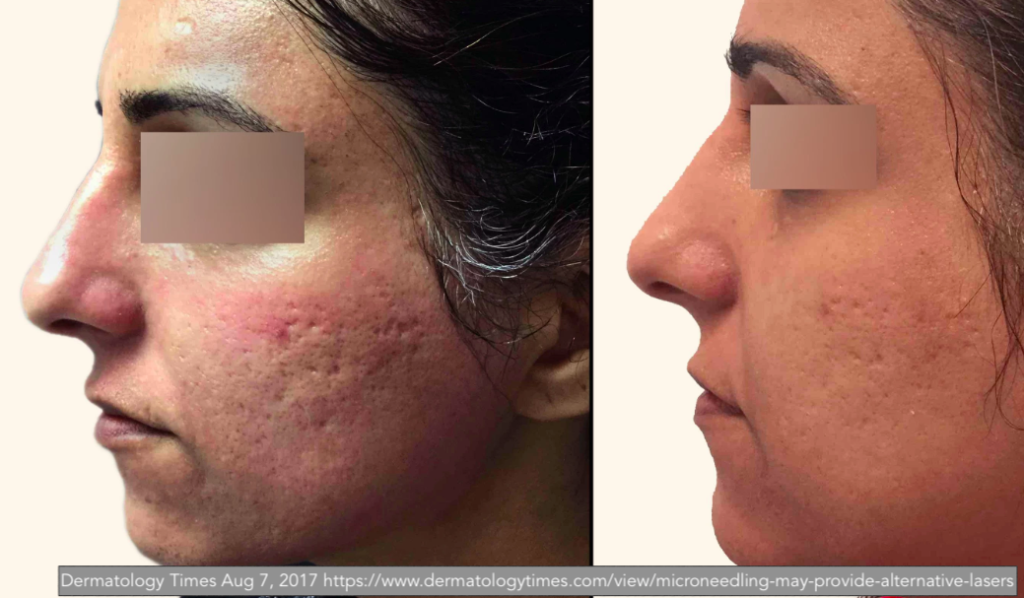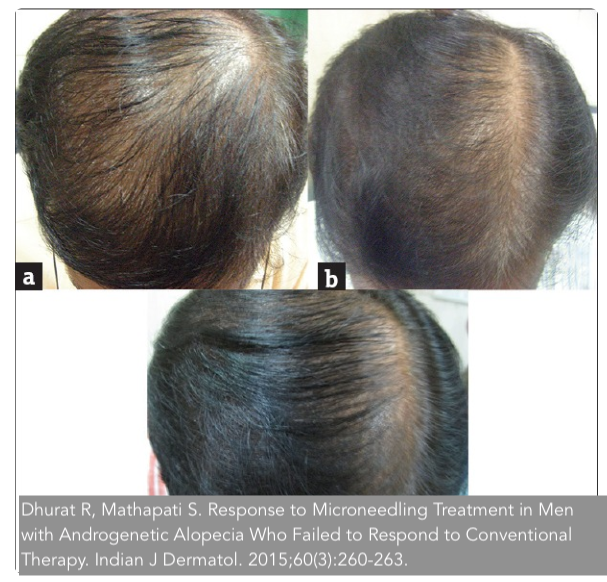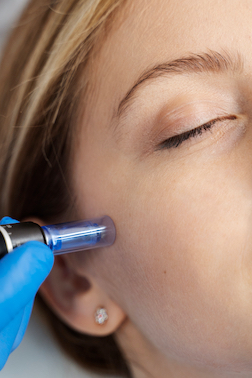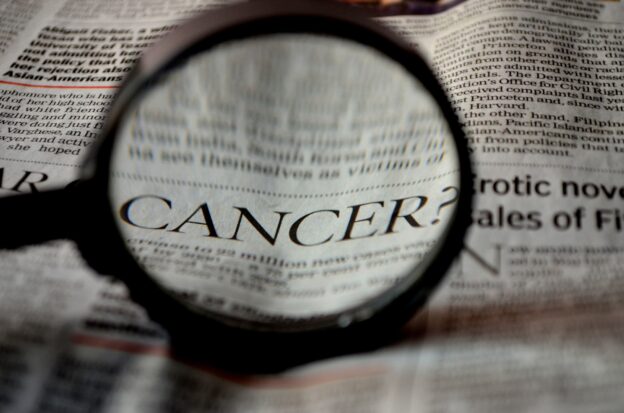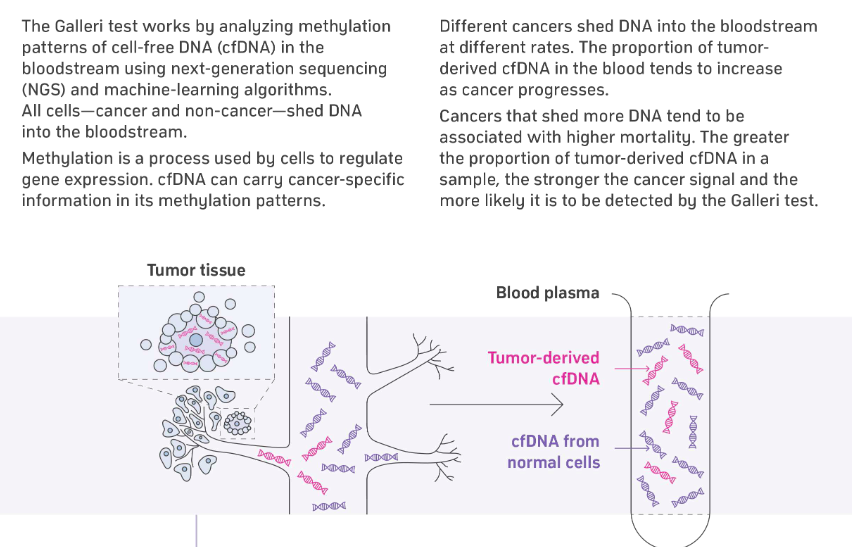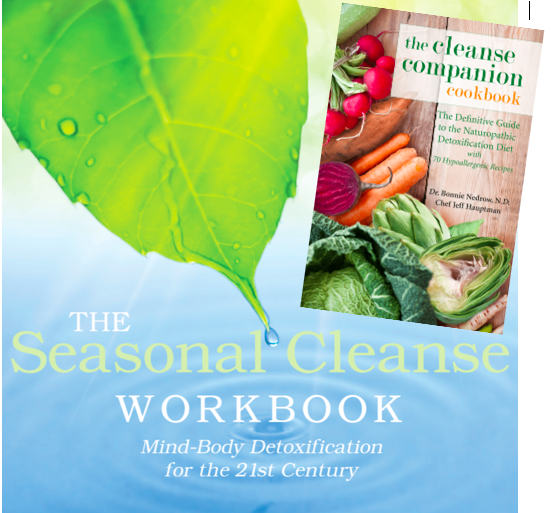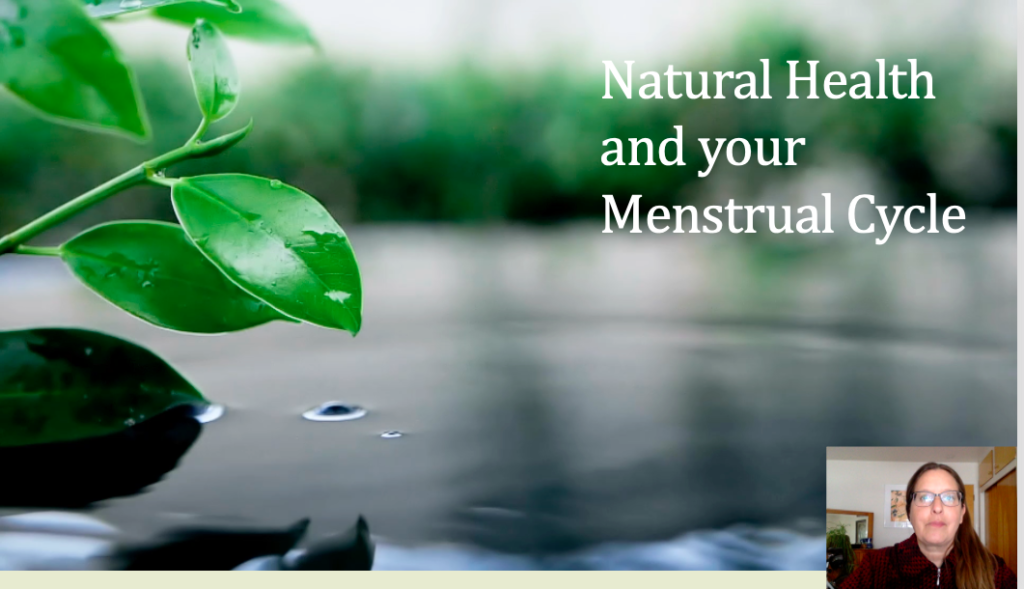For more beautiful skin
What is Micro Needling?
Micro Needling, also known as Collagen Induction Therapy, is a minimally invasive procedure that allows for controlled induction of growth factor serums, or hyaluronic acid, into the skins self-repair process by creating micro injuries in the skin. These injuries stimulate new collagen production, while not posing the risk of permanent scaring.
Results may include improved skin tone, skin texture; firmness; and reduction in scars, sunspots, pore size, and possibly stretch marks.
During Micro Needling the top layer of the skin remains intact, unlike skin peels.
What is Nano Needling?
Nano Needling can be received once weekly to supplement the Micro Needling treatment, support absorption of beneficial serums, and to support exfoliation.
Nano needling is used in areas of thinner skin, such as the area around the eyes.
Beneficial Facial Serums
Micro Needling may increase the skin’s ability to utilize the nutrients by up to 3,000 %.
During the Micro Needling and Nano Needling treatment, one or more serums may be applied to the skin. These serums are formulated to nourish and hydrate the skin.
Some of the serums used include:
- Hyaluronic Acid is found naturally in the skin. It forms a gel like substance when combined with water and is helpful to fill out wrinkles. It is also involved in wound healing. Hyaluronic acid may be applied to your skin and it the base for many of the beneficial serums used.
- Apple Stem Cells. This serum is used to rejuvenate the skin cells to act more like they did in youth. The result may include reduced wrinkle/line formation, more tight skin, and more glowing skin.
- Other serums using herbal formulas are designed to reduce age and sunspots.
The needling procedure helps to drive the serums into the skin. After treatment your skin is more open to absorb 24 hours after treatment. You will be sent home with serums to enhance your treatment.
FAQ
What conditions may be improved?
Micro and Nano Needling may help improve:
- Skin tone
- Skin texture
- Skin Firmness
- Wrinkles
- Sunspots
- Scar tissue
- Pore size
- Hair growth
How do I prepare prior to my Micro Needling session?
- Do not wear makeup to the session or be prepared to remove your make up prior to your session.
- Allow 24 hours after your session to avoid direct sunlight, wind, dust.
- Be prepared that your face may look red and/or dry after your session.
Are the needles re-used?
Each treatment uses new, sterile needles. After treatment, these needles are then properly disposed.
Does it hurt?
Micron Needling may be painful or induce a tickling sensation, depending on how deep the needles are inserted.
Pain usually resolves after the treatment, but redness may take 24 hours to resolve.
How deep do the needles go?
The Micro Needling pen can be set to penetrate skin from 0.5-2.5 mm deep.
Nano Needles penetrate the top 0.15 mm layer of skin.
How long is a treatment
Treatments usually last 30 minutes.
What results can I expect from the treatment?
Initially, the skin may remain red and dry for approximately 24 hours after a treatment.
The skin heals by producing more fibroblasts and collagen. This process helps “plump up” the skin and fill in wrinkles. As the skin heals itself and produces more collagen and fibroblasts to create smoother, firmer, and younger looking skin.
It may take 2-4 months of treatment to see the effects desired.
Are there side effects?
- Skin will be pink or red and may feel warm, like mild sunburn, tight and itchy, which usually subside in 12 to 24 hours
- Minor flaking or dryness of the skin, with scab formation in rare cases.
- Crusting, discomfort, bruising and swelling may occur.
- Pinpoint bleeding.
- It is possible to have a cold sore flare if you have a history of outbreaks.
- Freckles may lighten temporarily or permanently disappear in treated areas.
- Infection is rare but if you see any signs of tender redness or puss notify our office immediately.
- Hyperpigmentation (darkening of the skin) rarely occurs and usually resolves itself after a month.
- Permanent scarring (less than 1%) is extremely rare.
How often can I receive Micro Needling?
Micro Needling is recommended no more than once monthly to allow skin to repair and improve.
How often can I receive Nano Needling?
Nano Needling can be obtained weekly to supplement the benefits of Micro Needling.
Who should NOT get Micro or Nano Needling.
The following conditions may be a contra indication for Micro Needling or Nano Needling. Please discuss your condition with the physician before signing up for this procedure.
- Keloid or raised scarring
- Bleeding disorders
- Use of blood thinners/anti coagulants (ie, Coumadin, Warfarin)
- Elevated blood pressure
- Immune disorders that prevent adequate tissue healing
- Eczema
- Psoriasis
- Actinic keratosis
- Non active herpes simplex
Absolute Contraindications. Individuals with the following conditions or treatment should not be treated with Micro or Nano needling.
- Accutane within last 6 months of desired treatment
- Scleroderma
- Collagen vascular disease
- Cardiac abnormalities
- Rosacea
- Uncontrolled blood clotting problem
- Platelet abnormalities
- Facial cancer, past and present
- Chemotherapy
- Steroid therapy
- Dermatological diseases affecting the face (i.e. Porphyria)
- Uncontrolled Diabetes and other chronic conditions
- Active bacterial or fungal infections
- Immune suppression conditions or treatment
- Scars less then 6 months old
- Botox/facial fillers in the past 2-4 weeks.
- Silicone antibody disease, silicone allergy or silicone sensitivity
- Pregnancy, Nursing
Research
- Wall D, Meah N, Fagan N, York K, Sinclair R. Advances in hair growth. Fac Rev. 2022 Jan 12;11:1. doi: 10.12703/r/11-1. PMID: 35156098; PMCID: PMC8808739.C
- Chilicka K, Rusztowicz M, Szygu?a R, Nowicka D. Methods for the Improvement of Acne Scars Used in Dermatology and Cosmetology: A Review. J Clin Med. 2022;11(10):2744. Published 2022 May 12. doi:10.3390/jcm11102744
- El-Domyati M, Barakat M, Awad S, Medhat W, El-Fakahany H, Farag H. Microneedling Therapy for Atrophic Acne Scars: An Objective Evaluation. J Clin Aesthet Dermatol. 2015 Jul;8(7):36-42. PMID: 26203319; PMCID: PMC4509584.
- Fabbrocini G, Fardella N, Monfrecola A, Proietti I, Innocenzi D (2009) Acne scarring treatment using skin needling. Clin Exp Dermatol 34: 874-879.
- Fabbrocini G, Annunziata MC, D’Arco V, De Vita V, Lodi G, Mauriello MC, Pastore F, Monfrecola G (2010) Acne scars: Pathogenesis, classification, and treatment. Dermatol Res Pract 2010: 893080.
- Fife D (2011) Practical evaluation and management of atrophic acne scars. Tips for the general dermatologist. J Clin Aesthet Dermatol 4: 550-57.
- Goodman G (2003) Post acne scarring: a review. J Cosmet Laser Ther 5: 77-95.
- Goodman GJ, Baron JA (2006) Post acne scarring: a qualitative global scarring grading system. Dermatol Surg 32: 1458-1466.
- Jacob CI, Dover JS, Kaminer MS (2001) Acne scarring: a classification system and review of treatment options. J Am Acad Dermatol 45: 109-117.
- Leheta TM, Abdel Hay RM, Hegazy RA, El Garem YF (2012) Do combined alternating sessions of 1540 nm nonablative fractional laser and percutaneous collagen induction with trichloroacetic acid 20% show better results than each individual modality in the treatment of atrophic acne scars? A randomized controlled trial. J Dermatolog Treat epub ahead of print.
- Leheta TM, Abdel Hay RM, El Garem YF (2012) Deep peeling using phenol versus percutaneous collagen induction combined with trichloroacetic acid20 in atrophic post-acne scars: a randomized controlled trial. J Dermatology Treat epub ahead of print.
- Leheta T, El Tawdy A, Abdel Hay R, Farid S (2011) Percutaneous collagen induction versus full-concentration trichloroacetic acid in thetreatmentofatrophicacnescars. DermatolSurg37:207-216.
- Levy LL, Zeichner JA (2012) Management of acne scarring, Part II: A comparative review of non-laser based, minimally invasive approaches. Am J Clin Dermatol 13:331-340.
- Shah SK, Alexis AF (2010) Acne in skin of color: practical approaches to treatment. J Dermatolog Treat 21:206-2
